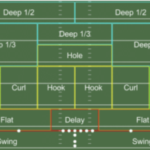Search Your Defensive Back Topic
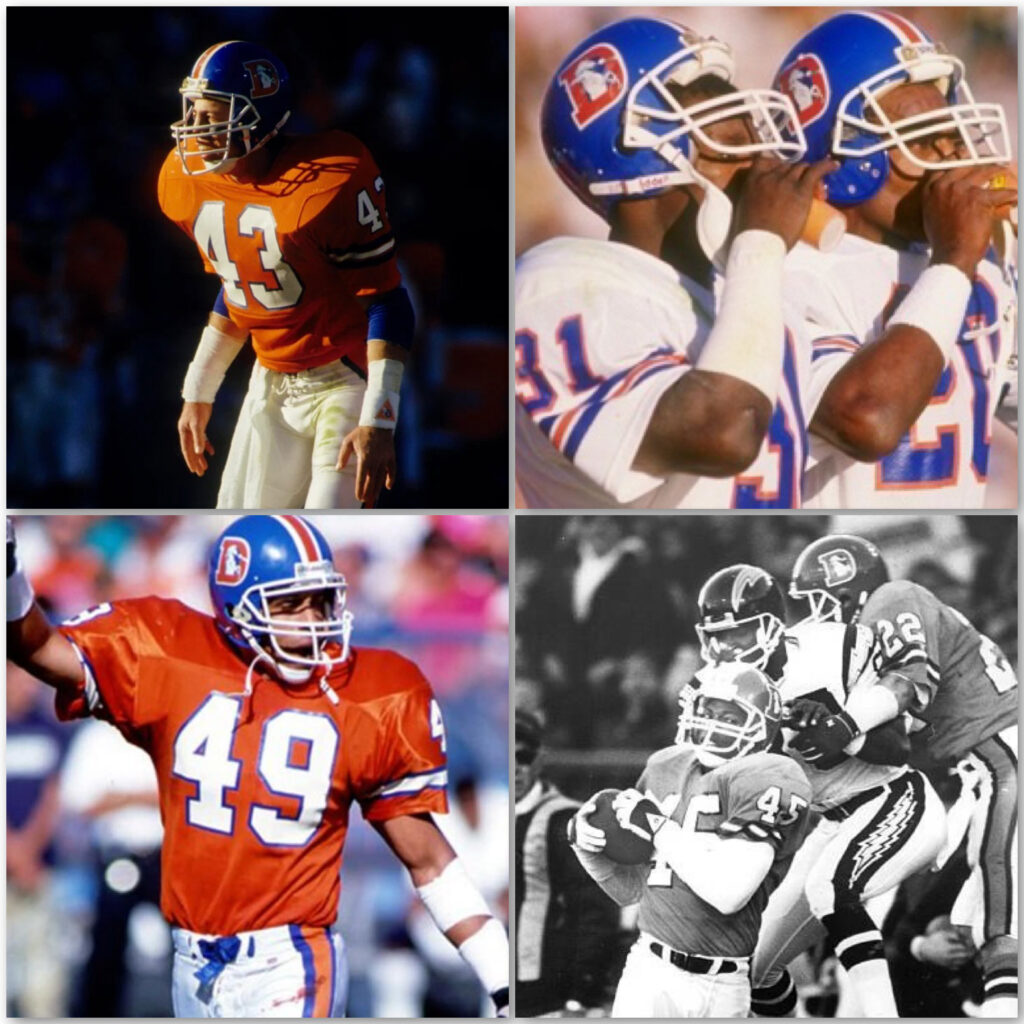
Boss Unit: 1983 Denver Broncos
By: Chad Wilson _ All Eyes DB Camp IG: @alleyesdbcamp In the second installment of the Boss Unit series on All Eyes DB Camp, I am going to talk about a team who’s defense is much maligned in the history of great defenses discussion. This is due in large part ...
Read More
You Can’t Cover it All By Yourself
By: Chad Wilson IG: @alleyesdbcamp We know how it is when you are playing defensive back. You are primarily judged, evaluated and valued by the masses based on your ability to provide “lockdown” coverage. If you can’t cover then what are you worth as a defens...
Read More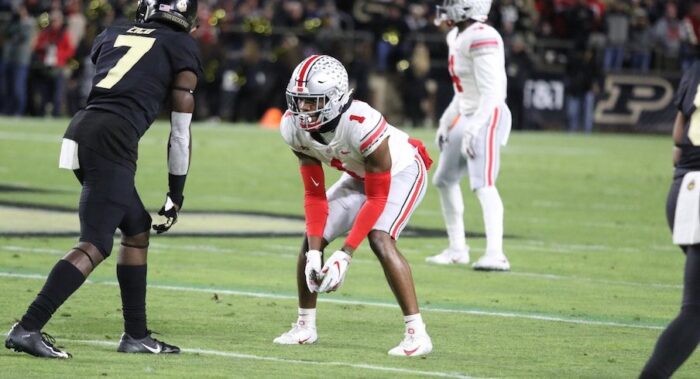
Stop Playing Press All the Time
By: Chad Wilson – All Eyes DB CampIG: @alleyesdbcamp One of the funniest things I see at camp every year is when the camp directors tell the defensive backs that they will have to take some reps playing off man. The majority of looks resemble an English speaking man bein...
Read More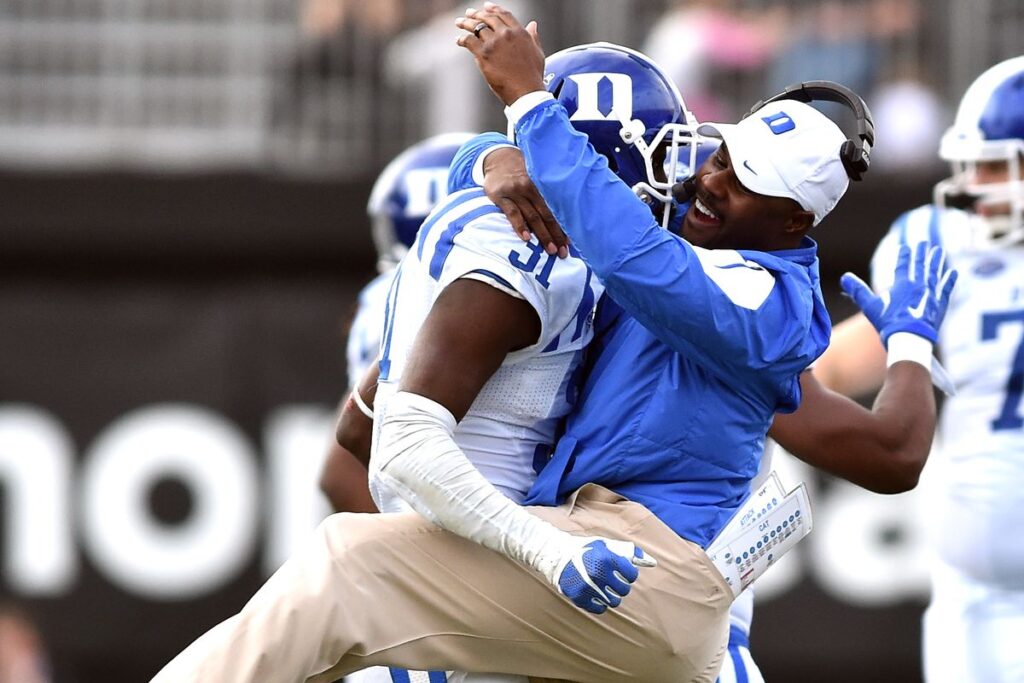
Use Your Coach’s Technique to Get to Your Technique
By: Chad WilsonIG: @alleyesdbcamp Technique may or may not be everything when playing defensive back but it’s damn close. Defensive backs care about their technique like a barber cares about his clippers and sometimes things can get emotional especially when a player and...
Read More
For Safeties It’s All About Angles
By: Chad Wilson IG: @alleyesdbcamp Sometimes playing safety you can feel like Will Smith in the final episode of The Fresh Prince when he was alone in the living room with everyone and everything gone. There’s a lot of room back there and at times it can feel like you ar...
Read More
Boss Units: ’81 Dallas Cowboys
By: Chad Wilson – All Eyes DB CampIG: @alleyesdbcamp I am kicking off a new series here on All Eyes DB Camp where I talk about some of the best secondaries in NFL history. Like Know Your DB History and Dynamic Duos, this series is designed to teach you the history of sec...
Read More
Great DBs Talk but Not How You Think
By: Chad WilsonIG: @alleyesdbcamp I think many of you reading this have gone paint balling with friends. Have you ever been on a team with a guy that just won’t communicate. Guys from the other team roll up behind you and they say nothing. If you have, then I am sure you...
Read More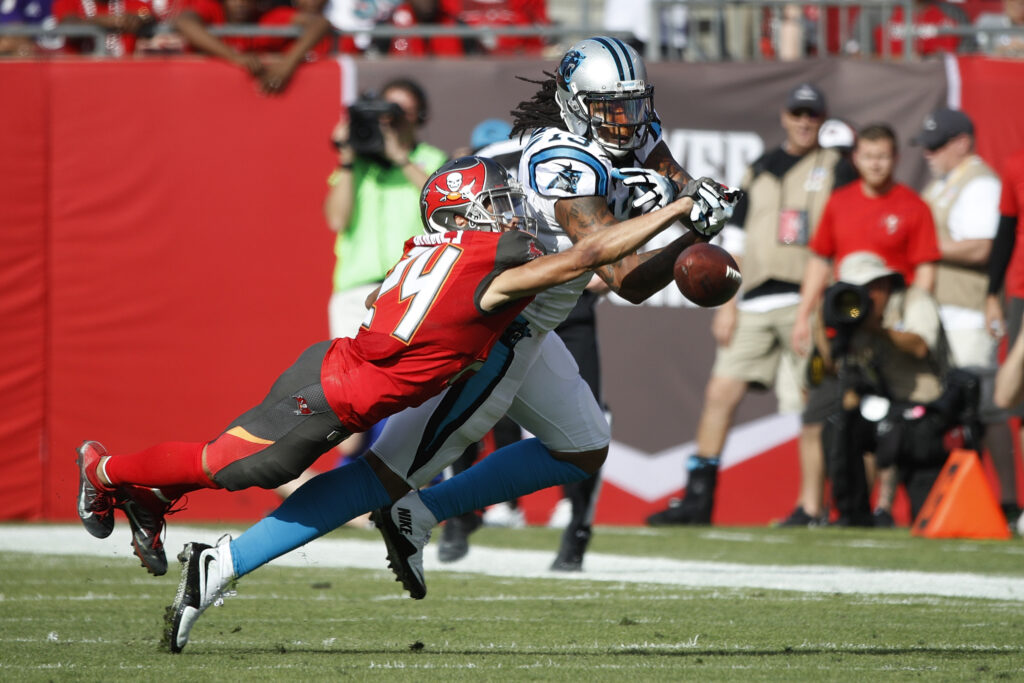
I’m Too Short to Cover Big WRs
By: Chad WilsonIG: @alleyesdbcamp Playing defensive back is challenging and no one with a brain would argue that. It gets even tougher when you have anxiety about your ability to stack up against an opponent physically. Often times I am asked by cornerbacks how are they suppos...
Read More
A DB’s Confidence is His Armor
By: Chad WilsonIG: @alleyesdbcamp It’s coming down to that one play in that one moment and their leading receiver is jogging out of the huddle to your side of the field. What’s going through your head? Well whatever it is, don’t take it for granted because it...
Read More



